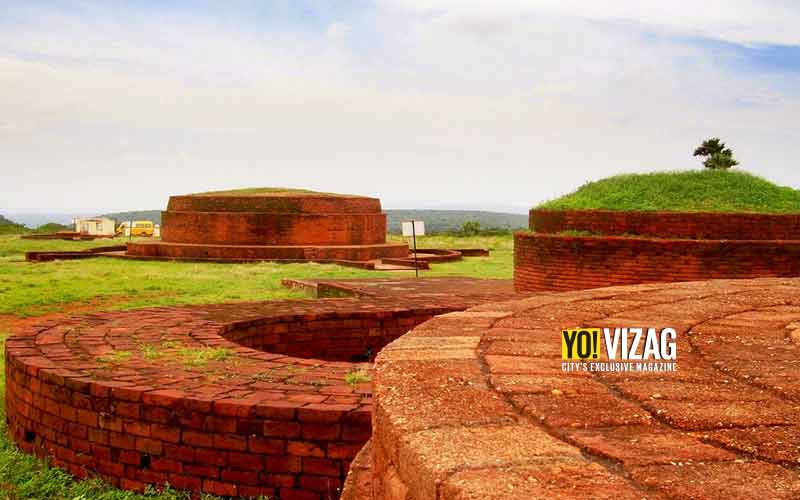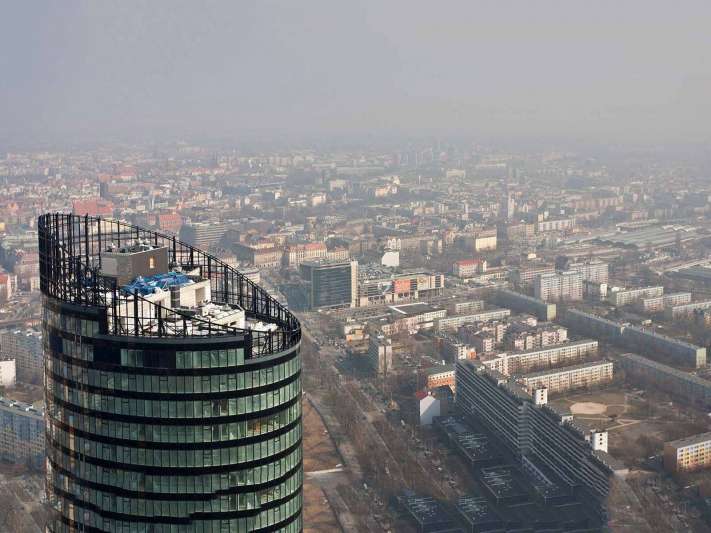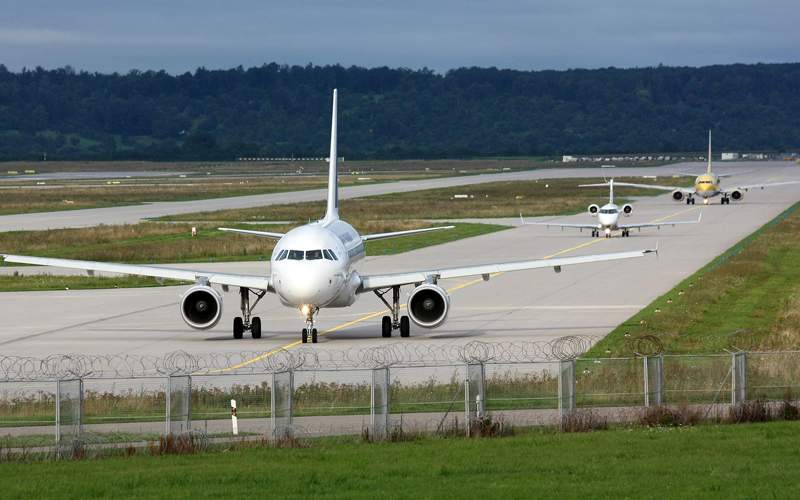With the discovery of a sizeable number of Buddhist sites in and around Vizag, it is evident that Buddhist settlements flourished. It is obvious that Visakhapatnam and Buddhism are intricately linked. In fact, the name Visakhapatnam too is said to be linked to Buddhism. One popular belief is that the town was named after Buddhist Princess Visakha who lived in the 5th to 6th Century BC and is referred to in the Buddhist Gathas. Another similar theory attributes the name to originate from a Buddhist monk, Vaisakhi, who was said to have propagated Buddhism far and wide. The Chinese traveller, Hiuen Tsang, was said to have mentioned the name of ‘Visakha kingdom’ in his travelogue. He visited Andhra during 639-40 AD. He also wrote that Hinayana Buddhism was prevalent in that kingdom. Interestingly, a majority of the Buddhist sites discovered in and around Vizag belong to the ‘Hinayana’ phase of Buddhism, according to the historical evidence found at these sites. Hiuen Tsang in his treatise refers to a forest area on the East Coast of India which had a high concentration of Buddhist Monasteries where he had visited three stupas of prominence.
Home to the world’s largest monolithic stupas, Visakhapatnam is surrounded by these sites. The notable Buddhist sites in and around Vizag are, Thotlakonda, Bavikonda, Pavuralakonda, Bojjannakonda, Lingannakonda and Salihundam. With evidence of famous Buddhist preachers, Nagarjuna and Aryadeva having preached here, it becomes apparent that once in Vizag’s history, Buddhism flourished and had a lot of support.
Thotlakonda 2nd century BC to 2nd century AD
Distance from Vizag: about 15 Km
Thotlakonda came to light during an aerial survey by the Indian Navy, and excavations established the existence of a Hinayana Buddhist complex, which flourished two thousand years ago. The Main stupa constructed on the square platform shows Takshashila influence. On this hill, probably called Senagiri, there were found Brahmi label inscriptions of 2nd century AD ‘Drona’, meaning the Telugu word ‘thotla’ or tank, giving this hill its name. The excavations reveal Satavahana lead and Roman silver coins indicating foreign trade; Terracotta tiles stucco decorative pieces, rock trough, deepa stamba, muchulinda naga, sculpture of Nalagiri Damana, Buddha padas etc. The Thotlakonda complex has a number of stupas, Chaityas, Viharas, a congregation hall and a refectory. Thotlakonda was influenced by the ancient Kalinga region. There are also signs of a confluence of cultures with the Takshashila style, stone railing of Mauryan period, encircling stone wall of Sailya sect, Buddha padas and circular chaityas of Hinayana Buddhism. It is estimated that the monastery accommodated more than a hundred Buddhist monks. 128 meters above sea level overlooking the sea Thotlakonda, on the way to Bheemili town, is flanked by the pristine waters of the sea and the hilly ranges of the Eastern Ghats.
Bavikonda 3rd century BC to 3rd century AD
Distance from Vizag: 16 Km
Bavikonda is one of the early Buddhist centres of Theravada Style with influences of Sailya Sect during 1st/2nd Century AD. This place has acquired its name due to its wells created to collect rainwater for drinking at this Buddhist establishment. On-site there are many findings like a stone stupa; circular Chaitya Griha (an early Buddhist feature); later apsidal Chaitya (Roman Basilica influence); Ayyaka platforms (N Indian influence), a congregation hall, viharas, kitchen-cum-store complex. Roman coins, Satavahana coins and pottery dating back to 3rd century BC and 2nd Century A.D were recovered here. But more significantly, Buddha padas, Chattra pieces, Brahmi letters engraved on pottery, stucco figurines were found here. Bavikonda is considered by many to be one of the oldest and most sacred Buddhist centres in Asia. With a series of hills cleverly carved into stupas, this site is very similar to Borobudur, Indonesia. During the conservation work of Mahachaitya, five receptacles containing six silver and gold caskets were recovered from the inner brick course of the Anda(dome) at diagonal points exactly facing the Ayaka platforms. One casket is supposed to be carrying Buddha’s relics (presently in Hyderabad Museum).
Bojjannakonda and Lingalakonda in Sankaram: 3rd century BC
Distance from Vizag: 41 Km
On the banks of the Sarada River these, Sankaram (derived from Sangharama which meant monastery) near Anakapalli, is host to two Buddhist sites on two small hillocks, the Bojjannakonda and Lingalakonda. These 3rd and 4th-century Buddhist constructions are replete with rock-cut stupas, Viharas, Buddha images, monastery and sanctuaries. Several antiquities like seals, inscribed tablets, pots, copper coins of seventh century AD have been excavated. The largest monolithic stupa in the world at 64’ and the smallest of only 50×2’ have been found in these sites.
Bojjannakonda (Buddhannakonda) shows all the three phases of Buddhism, Hinayana, Mahayana and Vajrayana. Clearly visible at the site are Hinayana style rock-cum-brick Mahastupa, the Mahayana styled storied rock-cut caves and the Vajrayana influenced Mahakala image. Samudragupta gold coins and Chalukyan copper coins were found here.
In Lingalakonda, the unique aspect is the matsyakaram shape, this has not been found anywhere else in the world.
Salihundam 3rd century BC to 12th century AD
Distance from Vizag: 118 Km
On the banks of the river Vamsadhara, a maha stupa, votive stupas, chaityas, platforms and viharas have been unearthed. Salihundam was known as “Salivatika” (meaning rice emporium). But many called it “Salyapetika” (meaning box of bones or relics). There are a number of Buddhist stupas and a huge monastic complex on a hillock amidst scenic surroundings. A conglomeration North and South Indian cultures are seen here. This place is considered to be the route of Buddhism to the south Asian countries via the sea route. The main stupa measures 46 feet in diameter while the maha vihara salipethaka has an entrance in the shape of Swastika. Inscriptions of 2nd century A.D. have been found here. A spoked Stupa, deemed to be the Ashokan Stupa, the Wheel of Dharma has been found. During excavations relic caskets, four stupas, a Chaitya Griha, structural temples and a number of sculptures reflecting the three phases of Buddhism – Theravada, Mahayana and Vajrayana were found, making this longest sustained Buddhist site. The statues of ‘Tara’ and ‘Marichi’ were discovered at this site. Jamballa image, Rouletted ware (Roman Pottery), several inscriptions (in Brahmi) were also found.
Pavuralakonda 2nd – 3rd century AD
Distance from Vizag: 24 Km
Pavuralakonda (‘hill of pigeons’) or Narasimha Swamy Konda covering an area of 10 to 12 acres is at a height of 168 mts above sea level, near Bheemunipatnam Beach. Excavations revealed nearly 14-16 rock-cut troughs or cisterns used for collecting rainwater, foundations of viharas, with cells and common verandah, circular chaitya grihas, votive stupas, halls etc. Artefacts found were dated between 3rd Century BC and 2nd Century AD. Pavuralakonda is bordered by a chain of hills on the southwest and northwest and it offers a beautiful view of the curved linear coastline with a crescent-shaped valley.
In addition, there are other Buddhist sites in and around Vizag like Kottur, a village near Vizag has rock-cut caves of the Magadha period, spoked brick stupa with Ayaka platforms and triangular windows of Early Theravada sect. Similarly, Vuralametta is a single terrace, Jagatimetta, a double terrace and Rakasimetta a four terraced site.
The influence of Buddhism is subtle but deep-rooted, in Visakhapatnam and Andhra as a whole. dating to the pre-Christian era, Andhra Pradesh has some of the most fascinating archaeological monuments that tell the story of Buddhism in the region and the legacy it left behind.











